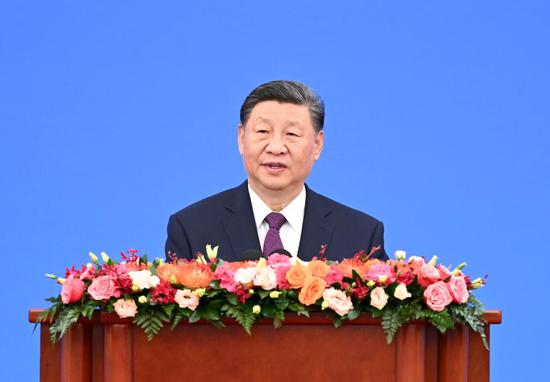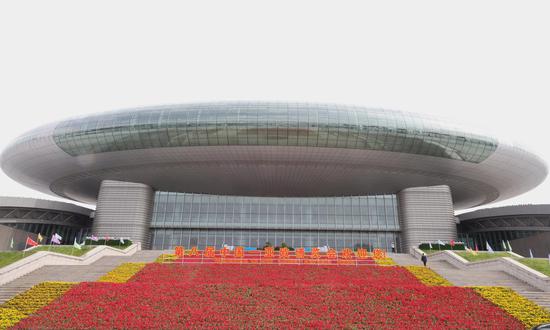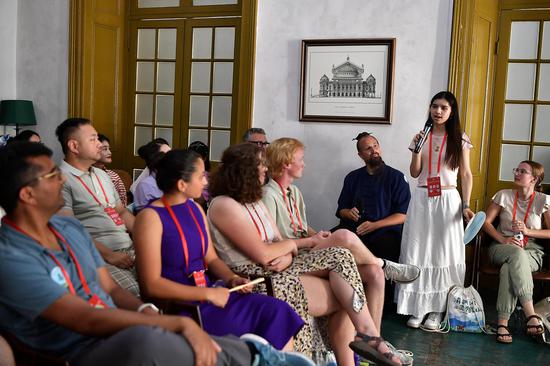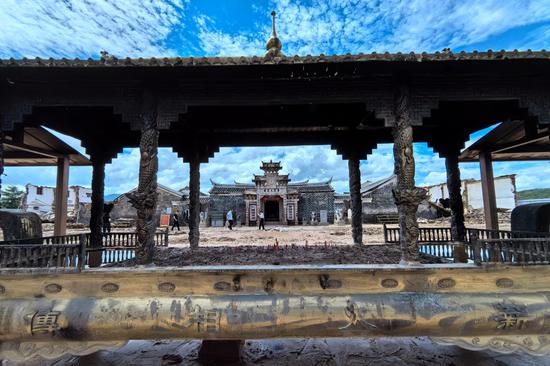In a significant display of international cooperation on cultural heritage preservation, the Chinese embassy in Buenos Aires received 14 repatriated artifacts from Argentina on Thursday.
Both China and Argentina are state parties of UNESCO's 1970 Convention on the Means of Prohibiting and Preventing the Illicit Import, Export and Transfer of Ownership of Cultural Property. In 2018, the countries also signed an intergovernmental agreement on prevention of such cases and promotion of repatriation of related cultural relics.
The successful return of the artifacts is the first collaborative effort since the signing of the agreement.
At the repatriation ceremony in the embassy, Wang Wei, Chinese ambassador to Argentina, emphasized that the return of these artifacts marked the latest fruit in the comprehensive strategic partnership between China and Argentina.
"This collaborative effort not only underscored Argentina's deep respect for the emotional and cultural rights of the Chinese people, but also demonstrated the firm commitment of both nations to protect human cultural heritage, combat artifact smuggling, and uphold international agreements," he said.
It also accumulated valuable experience to strengthen bilateral cooperation in various fields, Wang added.
The 14 artifacts, which left China illegally, include seven bronze bells dating to the late Spring and Autumn period (770-476 BC), plus three pottery figurines, two pottery figurine heads, a bronze frog and a bronze helmet that span from the Han Dynasty (206 BC to AD 220) to the time of the Northern and Southern dynasties, roughly the 5th to 6th centuries.
They were seized in 2017 in coordination with the cultural heritage protection division of the Argentine Federal Police within a joint Interpol operation code-named Athena, in accordance with the Red List of Chinese Cultural Objects at Risk that was co-released by the International Council of Museums and China.
The National Cultural Heritage Administration of China began seeking their return in 2019 via the Chinese embassy in Buenos Aires. On Dec 12, an Argentine court mandated the return of the 14 pieces to the embassy.
Marcelo Chiappero, director-general of international police cooperation of the Argentine Federal Police, added that experts from the Buenos Aires-based National Museum of Oriental Art confirmed the authenticity of the pieces.
The National Cultural Heritage Administration revealed that it would arrange their long journey home at a suitable time.
China has signed bilateral agreements with 27 countries to fight against the theft, clandestine excavation, illicit export and import of cultural property.


















































 京公网安备 11010202009201号
京公网安备 11010202009201号